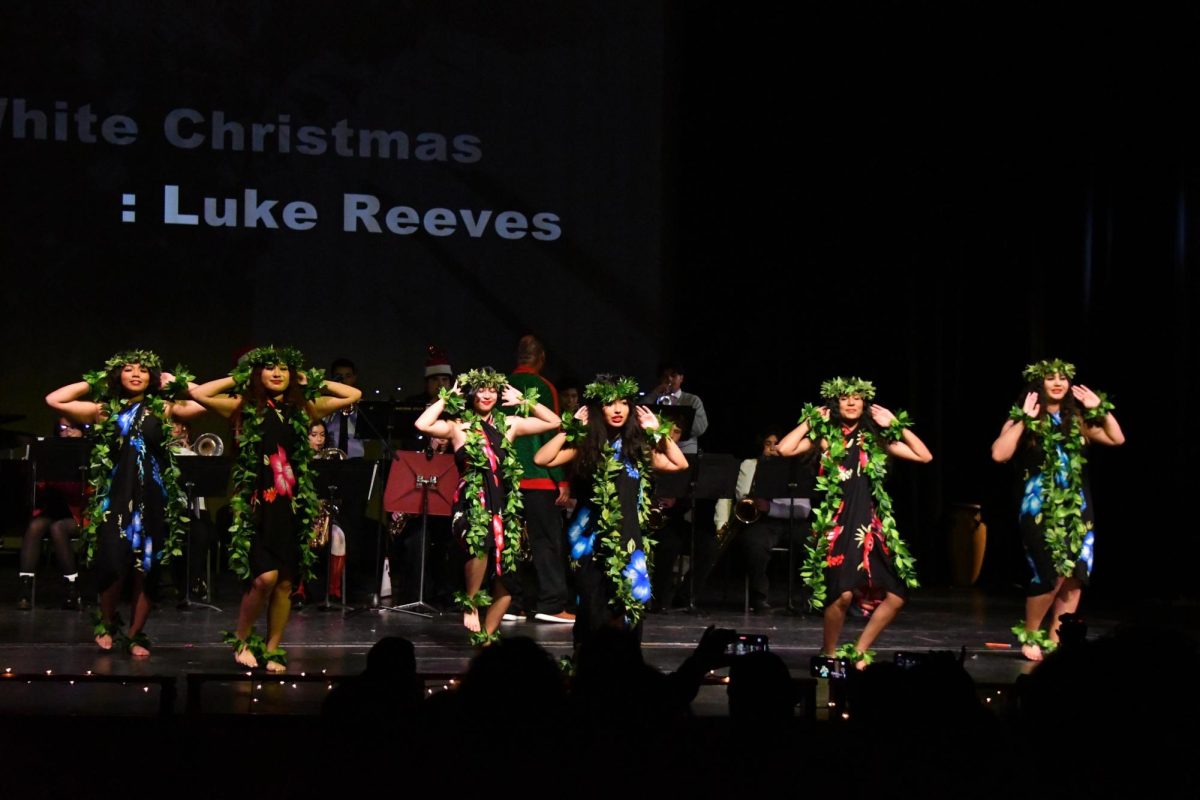In the colorful mosaic of high school extracurricular activities, one avenue of cultural exploration stands out as captivating and enriching: the Polynesian club. Beyond the allure of its vibrant dances lies a wealth of benefits for students who choose to immerse themselves in the art of Tahitian and Hawaiian dance. In this article, we delve into compelling reasons why students should consider joining a Polynesian club and embracing the rhythmic beauty of Tahitian and Hawaiian dance forms.
First and foremost, learning Tahitian and Hawaiian dance provides students with a unique opportunity to connect with the rich cultural heritage of the Pacific Islands. Rooted in centuries-old traditions and mythology, these dances are a powerful expression of Polynesian identity and values. By studying the intricate movements, gestures, and rhythms of Tahitian and Hawaiian dance, students gain insights into the stories, beliefs, and customs that have shaped these vibrant cultures.
Moreover, participating in Tahitian and Hawaiian dance offers students a dynamic and engaging form of physical activity. From the graceful swaying of the hips in hula to the energetic footwork of Tahitian dance, these styles provide a full-body workout that promotes strength, flexibility, and coordination. Beyond the physical benefits, dance also serves as a form of self-expression and emotional release, allowing students to channel their energy and creativity positively and constructively.
Additionally, learning Tahitian and Hawaiian dance fosters community and camaraderie among students. As they come together to learn choreography, practice routines, and perform at events, dancers form bonds that extend beyond the studio or stage. The shared experience of mastering new steps and overcoming challenges creates a supportive and nurturing environment where students feel valued, respected, and empowered to succeed.
Furthermore, participating in Tahitian and Hawaiian dance can open doors to new cultural experiences and opportunities for personal growth. From participating in cultural festivals and competitions to traveling to the Pacific Islands for immersive workshops, dancers have the chance to expand their horizons and deepen their understanding of Polynesian culture. These experiences not only enrich their high school experience but also foster a sense of global awareness and appreciation for diversity.
Finally, learning Tahitian and Hawaiian dance allows students to make a positive impact on their school community. Through performances at school assemblies, cultural events, and community outreach initiatives, dancers have the opportunity to share the beauty and joy of Polynesian dance with their peers and the broader community. By promoting cultural diversity and understanding, dancers contribute to creating a more inclusive and harmonious school environment for all students.
In conclusion, joining a Polynesian club and learning Tahitian and Hawaiian dance offers students a myriad of benefits, from cultural enrichment and physical fitness to community building and personal growth. By embracing the rhythmic beauty of these dance forms, students can connect with the rich cultural heritage of the Pacific Islands, forge lasting friendships, and make a meaningful impact on their school and community. Whether they are drawn to the storytelling of Hula or the exhilarating energy of Tahitian dance, all students have something to gain from embracing the art of Polynesian dance.







